Počitelj – Historic Stone CIty
Old Medieval and Ottoman Town on Neretva River on UNESCO's Tentative List for World Heritage sites...
Počitelj
The historic site of Počitelj is located on the left bank of the river Neretva, along the main Mostar to Adriatic coast road, some 30 km south of Mostar.
In 1996, Počitelj was named by World Monuments Watch as one of the world’s 100 most endangered cultural heritage sites, as proposed by the University of York, United Kingdom, and the University of Sarajevo, in the light of its outstanding value. The UNESCO took Počitelj under its protection and Počitelj has been under program of permanent protection since 2000. The city is on UNESCO’s Tentative List considered for nomination for the World Heritage List sites.

The village is built in a natural karst amphitheater along the Neretva river. The walled town of Počitelj evolved in the period from the 16th to the 18th centuries. Architecturally, the stone-constructed parts of the town are a fortified complex, in which two stages of evolution are evident: medieval, and Ottoman.
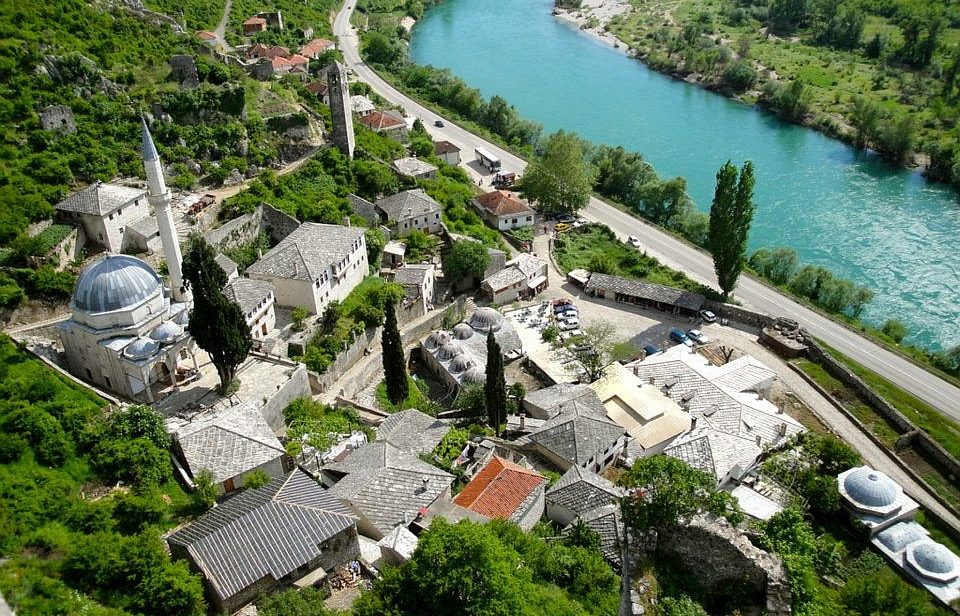
Počitelj represents one of the few urban ensembles in Bosnia and Herzegovina that were preserved in their integrity to the present times. It was also developed through the several phases of the history beginning with the medieval period. Its significant strategic role from the 13th to 17th century gave its inhabitants the power to build one of the most important, and best preserved ensembles within the city walls in the region.
The stepped Ottoman-era fortress village of Počitelj is one of the most picture-perfect architectural ensembles in the country. Cupped in a steep rocky amphitheater, it’s a warren of stairways climbing between ramshackle stone-roofed houses and pomegranate bushes.
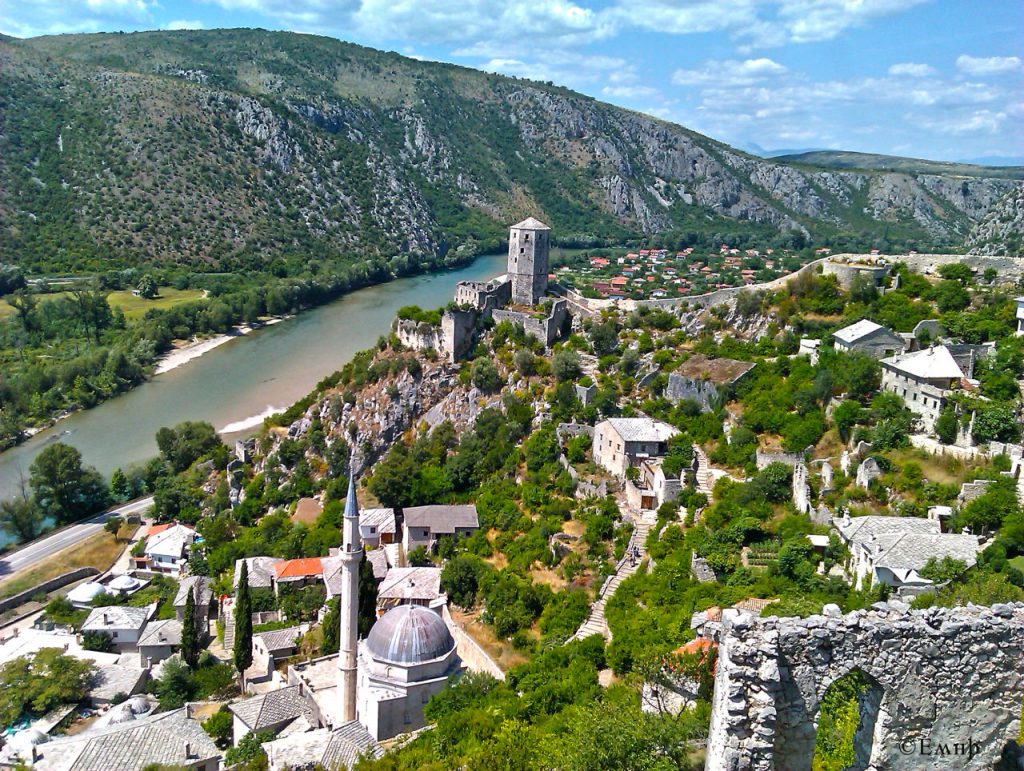
The large 1562 Hajji Aliya Mosque was built in 1563. It was repaired in the 17th century by Šišman Ibrahim pasha. The locals gave the mosque afterwards his name. The domed mosque is notable for its special acoustics. The mosque was restored in the 1970s, badly damaged during the Bosnian War in 1993 and restored again in 2002.
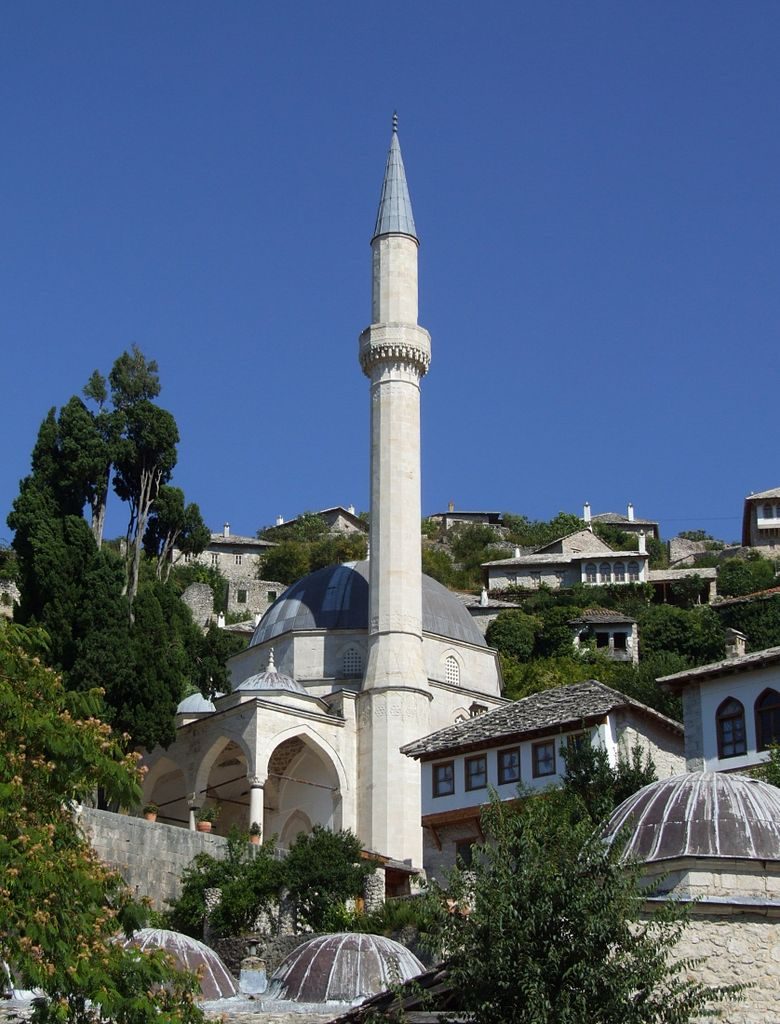
The 16m clock tower remains bell-less, as it has been since 1917. It is assumed that it was erected after 1664. It is typical of clock-towers in Herzegovina, which arose under the influence of Mediterranean-Dalmatian architecture. It is stone-built, with dressed quoins and ending in a stone pyramid. There are four pointed arches on the four sizes above the opening near the top of the tower.
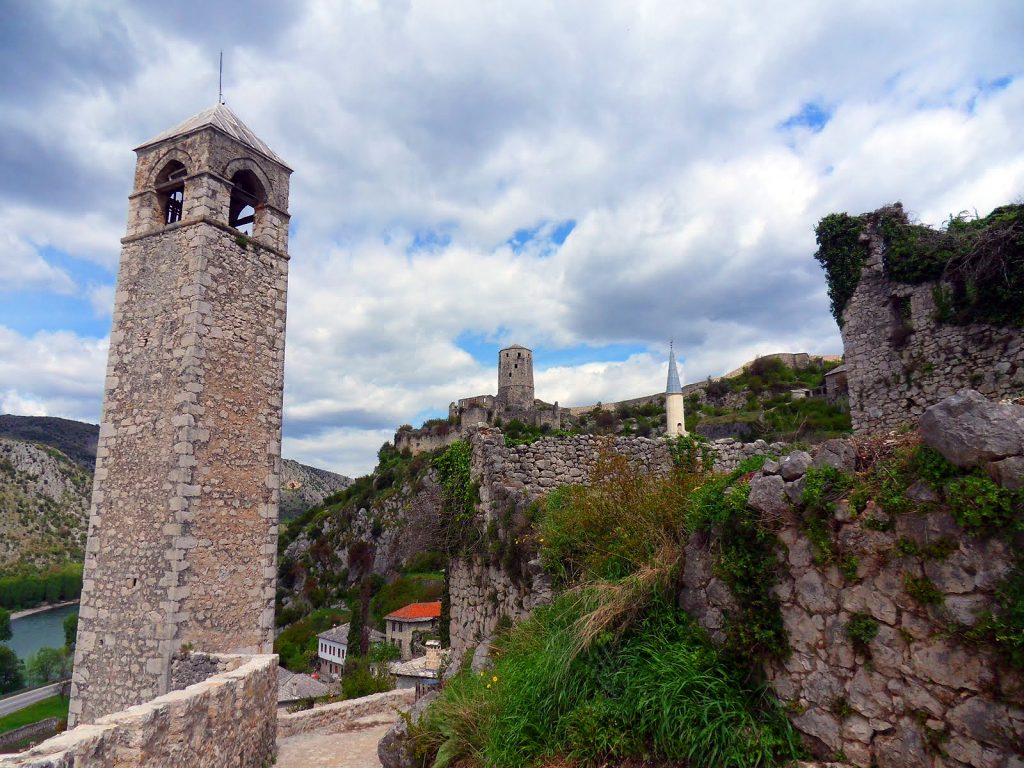
The Gavrakanpetanović house was built at the end of the 16th century, named after and housed the captains of Počitelj, who belonged to the Gavrakanpetanović family. It is typical example of the residential architecture of the village. It is the only house in town to have separate rooms for men and women. The house became the residence of an artists’ colony between 1961 and 1975, one of which was the Italian painter Vittorio Miele.
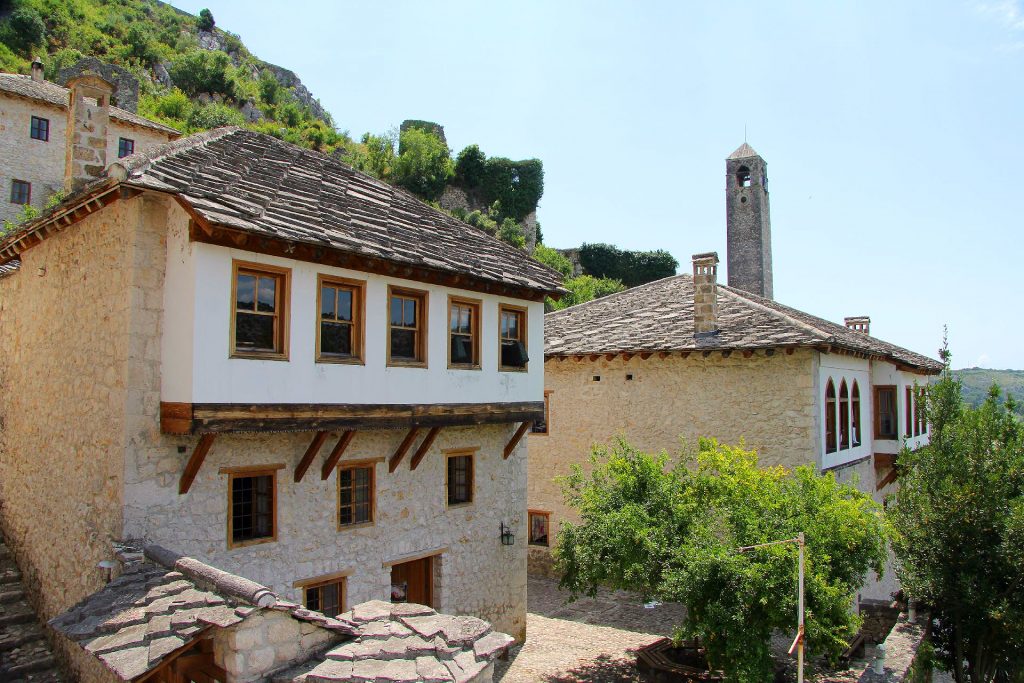
The most iconic building is the climbable octagonal Gavrakapetan Tower in the still part-ruined Utvrda fortress. But for even better panoramas climb to the uppermost rampart bastions. One of the upper components of the walls is Pasha’s Tabija Lookout Tower, currently under renovation to a performance center.

Another notable building is the Turkish Bath (Hammam). It may be concluded from Evlija Čelebi’s travel chronicle that the bath was built prior to 1664. The hammam is typical of smaller public baths. As a part of Programme of the permanent protection of Počitelj the hammam was recently rehabilitated.
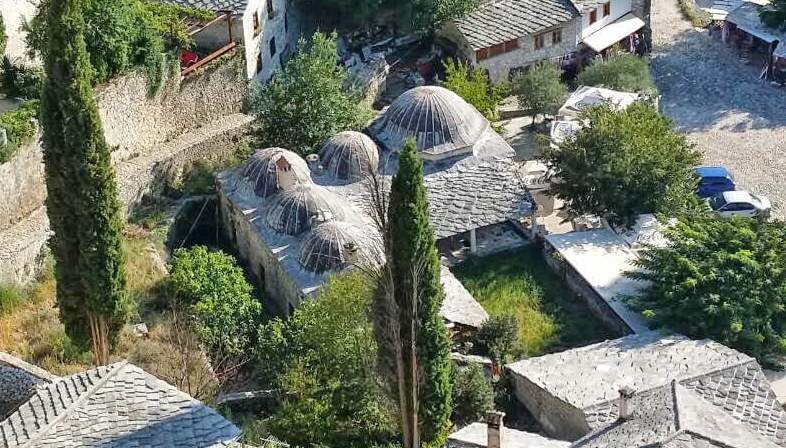
Pocitelj – on World Monuments Watch as one of the world’s 100 most endangered cultural heritage sites.




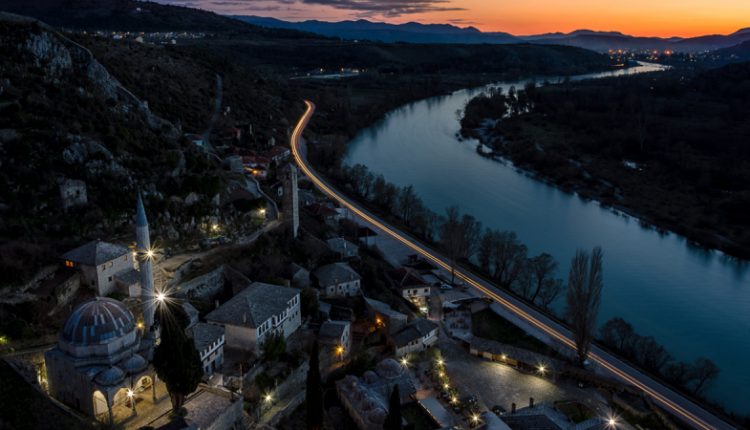
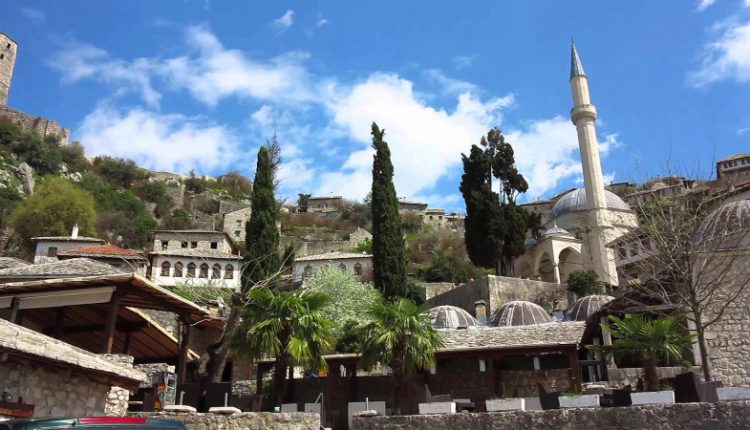

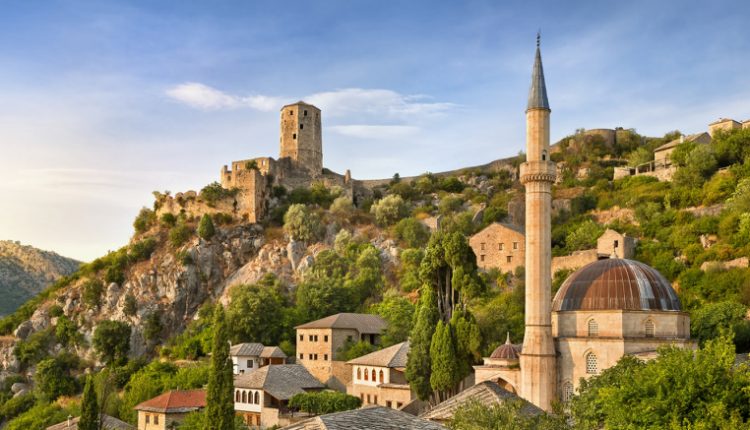

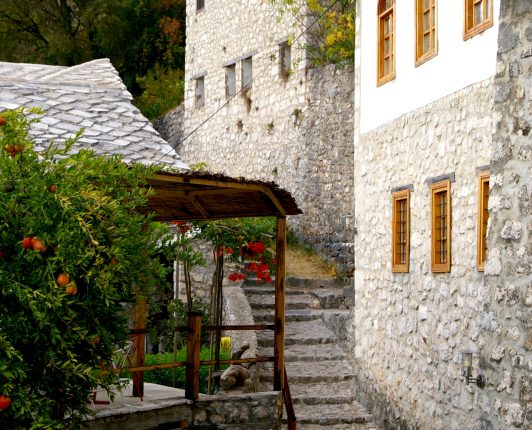
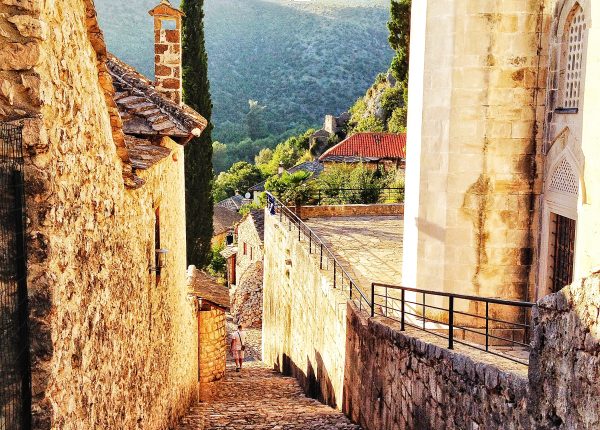

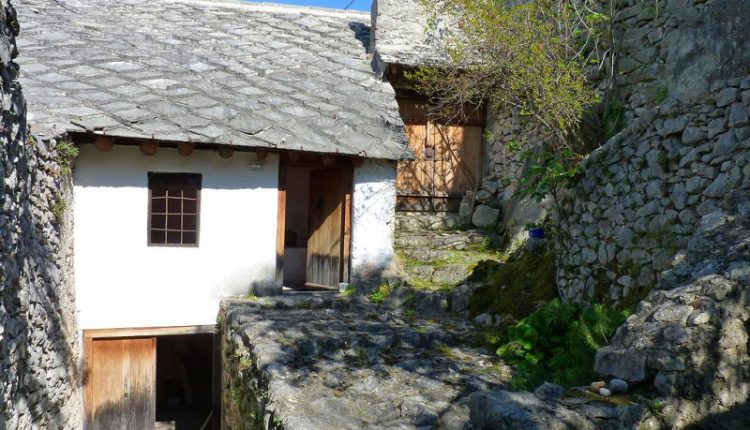
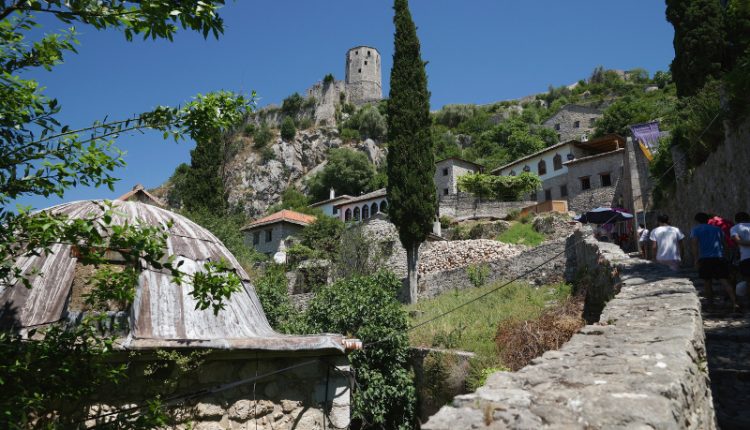
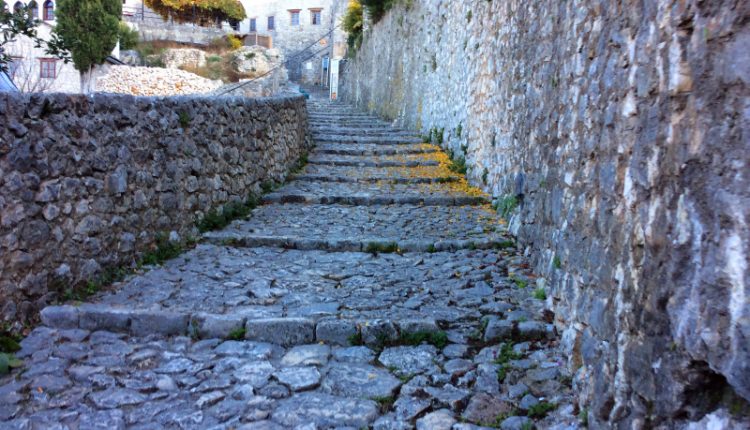
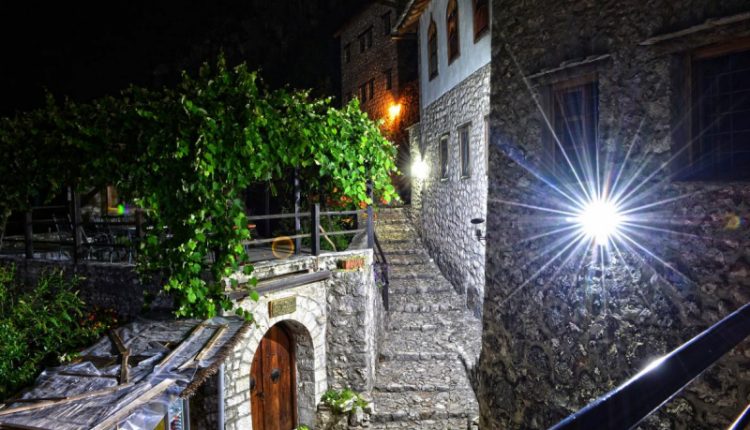
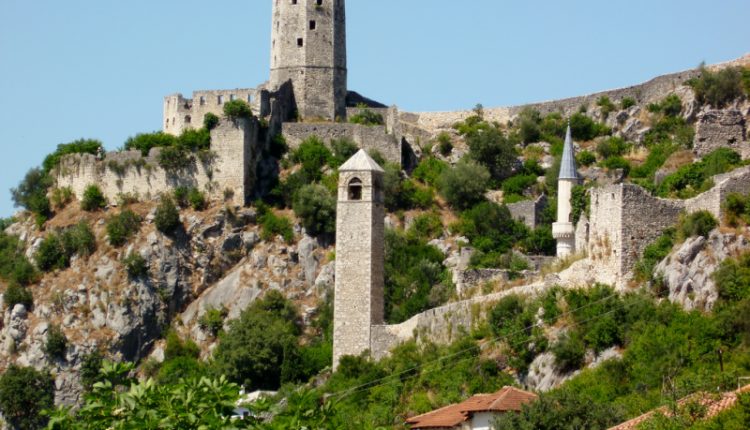
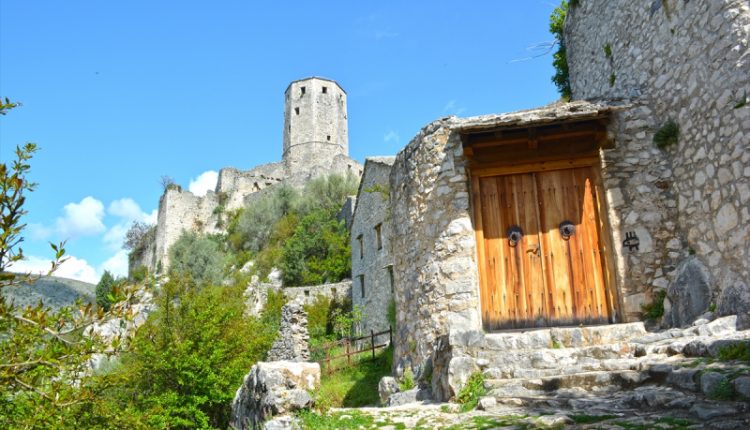
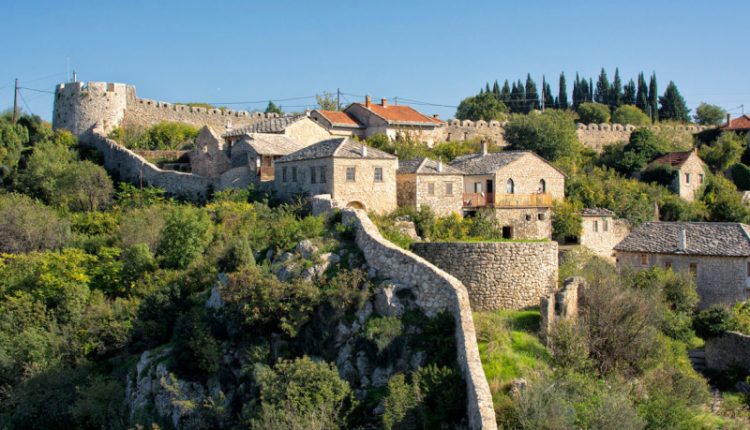

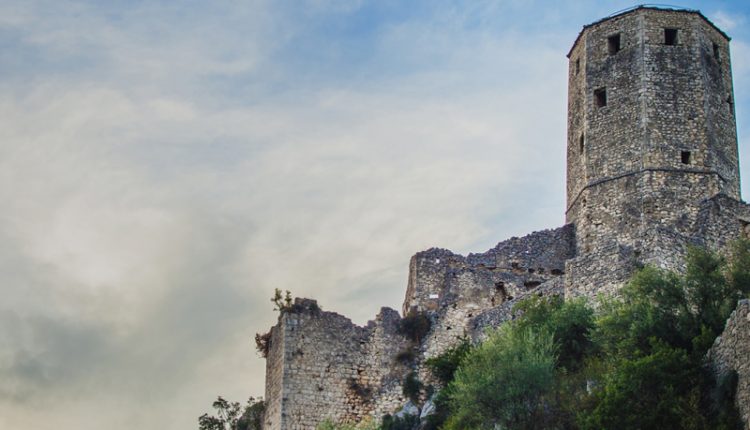


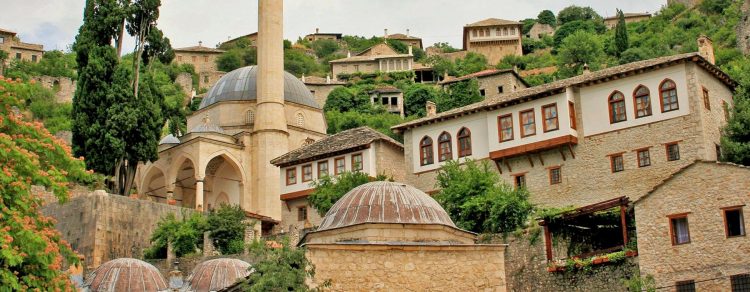
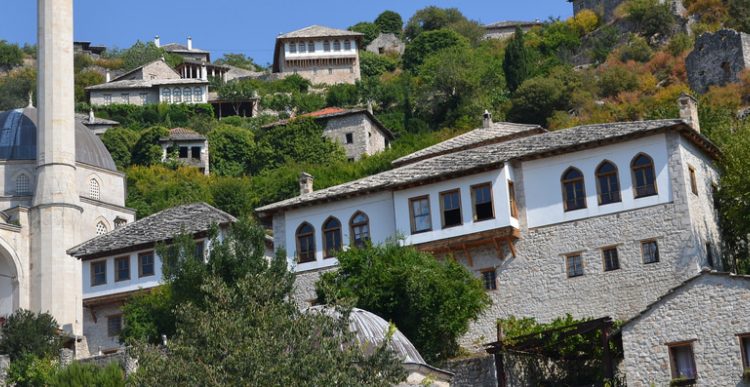
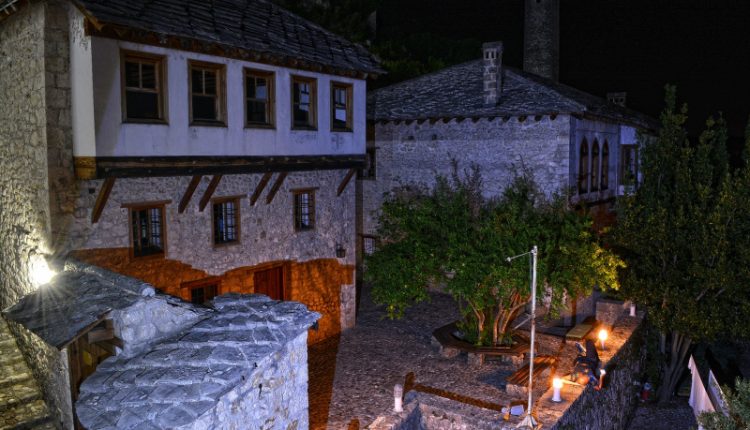

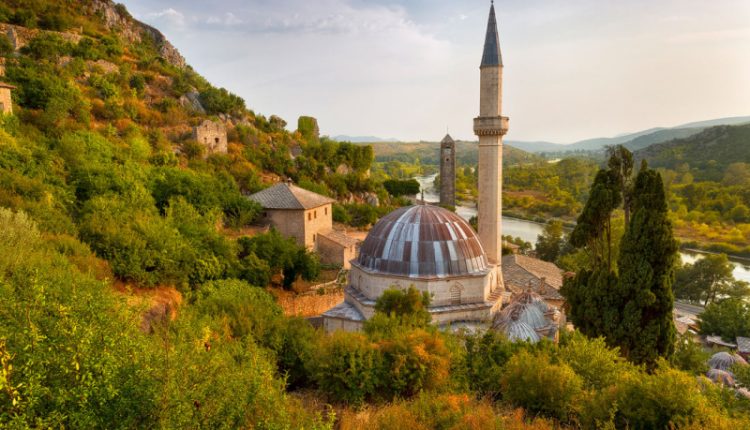


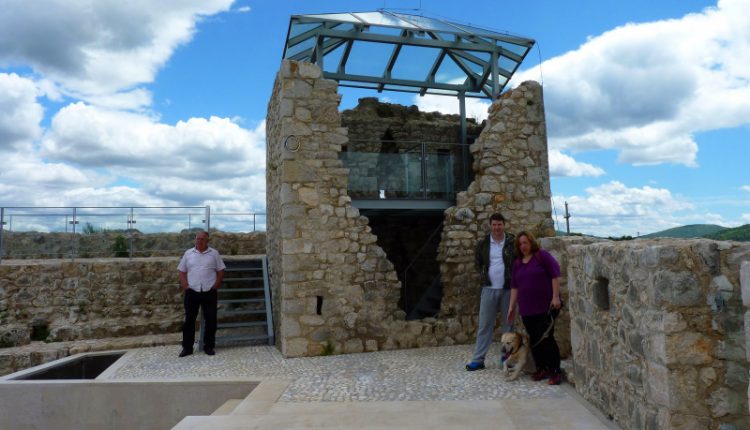

Comments are closed.